by Skip Via
skip@westvalleynaturalists.org
Editor’s note: This post has an update with some new information.
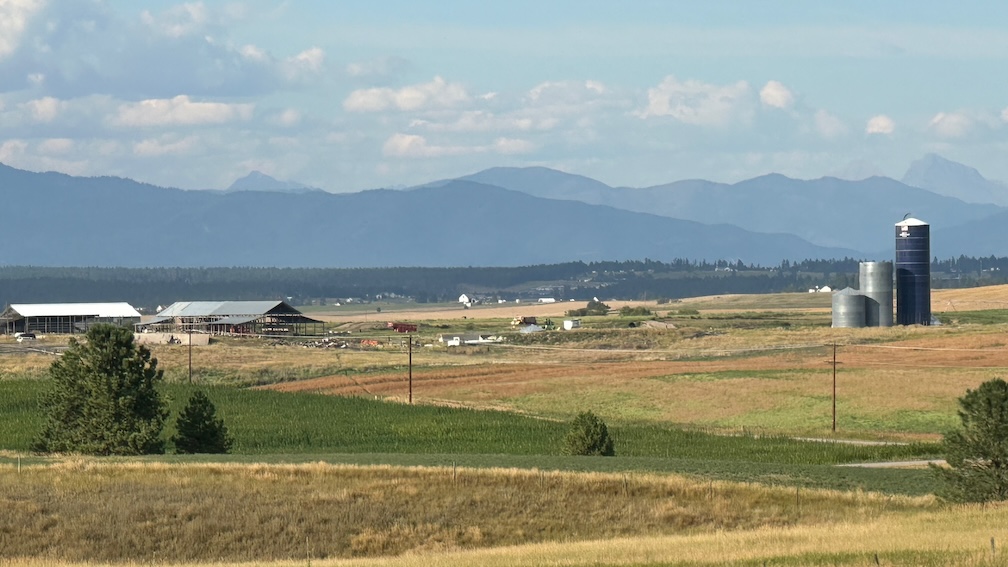
If you have driven down West Valley Drive this summer, you have probably noticed a new agricultural crop growing in a couple of the fields near Coclet. It’s hemp, and I wanted to know more about it.
Hemp has been grown in other areas of Flathead Valley but it is new in these parts. Hemp and marijuana (and hops, as it turns out) are in the plant family Cannabaceae. Hemp and marijuana are varieties of the same plant, Cannabis sativa L., that have been developed through selective breeding. By both federal and state law, hemp must contain no greater than 0.3% THC (tetrahydrocannabinol) on a dry weight basis. THC is the main psychoactive ingredient in Cannabis sativa L. It’s what makes you feel “high” when you smoke marijuana or consume an edible. Marijuana, on the other hand, typically has a THC concentration ranging from 15 to 25%.
CBD is short for cannabidiol and it also comes from Cannabis sativa L. It generally comes from the hemp plant. CBD is not psychoactive so it doesn’t make you “high” like THC does. CBD comes in many forms, including oils, extracts, patches, inhalers, and topical lotions, and is said to have various health benefits. According to WebMD, CDB has been proven as a treatment for some forms of epilepsy, and early research suggests that it may be effective in treading anxiety disorders. Other benefits have not been proven or disproven by research. It’s an unregulated substance, and there are some possible health risks, so using CBD without a doctor’s supervision is not recommended.
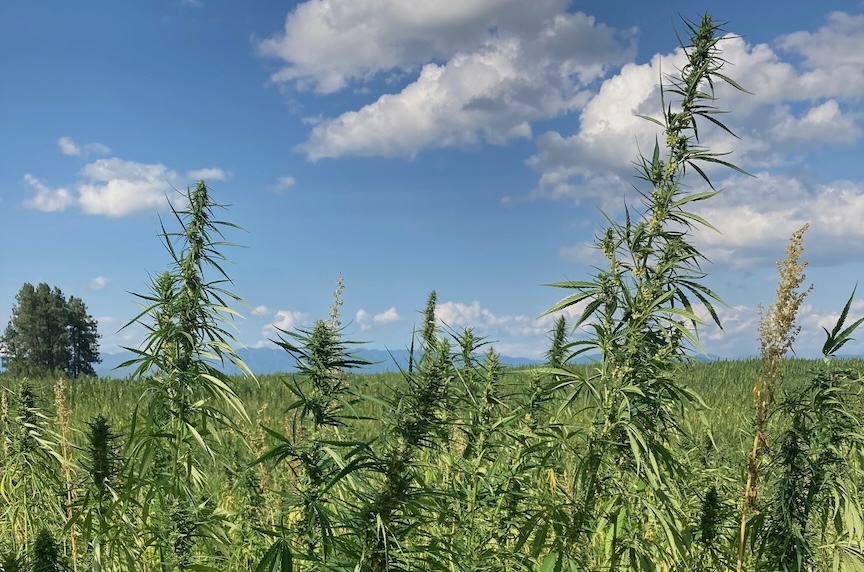
Hemp, which can grow up to four to six feet, has a stalk, leaves and buds. The bud and seeds are processed to produce hemp oil, hemp seed and other products. The stalk consists of two types of fibers. The long fibers on the outside of the stalk are called bast fibers. The shorter inner fibers near the core of the stalk are called hurd fibers. Hemp is a versatile plant that’s renewable, sustainable, durable, and eco-friendly, requiring minimal water and pesticides.
Hemp harvesting equipment, called combine harvesters, are equipped with rows of teeth and choppers that can remove the heads for flower and seed and cut the stalks for fiber processing. This process is called threshing. Generally, seed cultivars are ready for harvesting when the seeds start to shatter. Full plants, including stalks and leaves, can be harvested but for some purposes just the flowering portions are taken. Plant parts then must be dried with low heat and humidity.
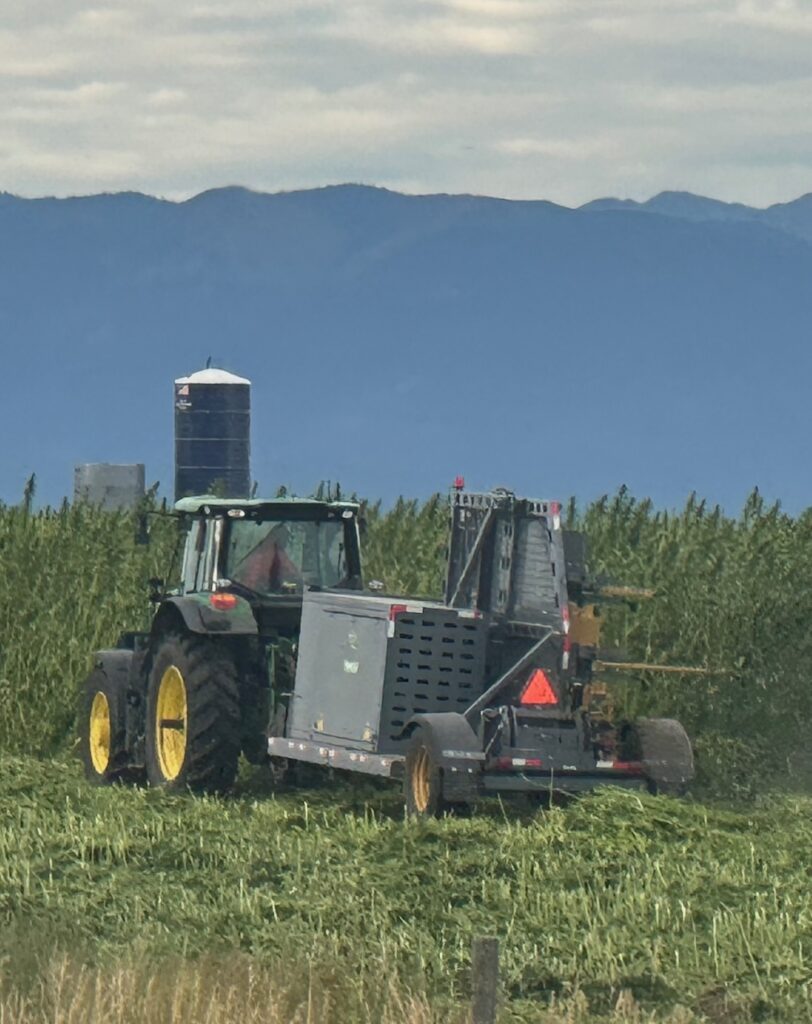
The first step when threshing hemp is to smash up dried stems, leaves, and flowers. The idea here is to loosen the seeds from the other organic matter. Next, the hemp thresher utilizes screens and air blowers to clean excess plant materials from the seeds, while also sorting them by size. For those farmers growing industrial hemp for its fibers, decortication–the process by which bast fibers are separated from hurd fibers– is a critical step in hemp stalk processing.
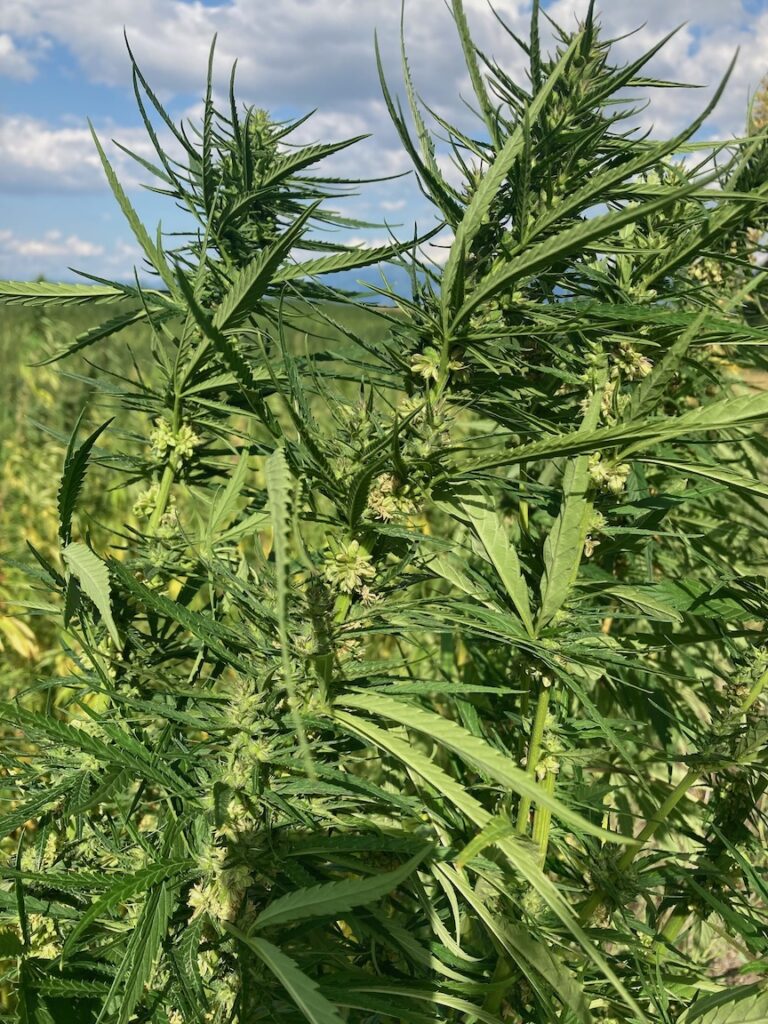
Bast fibers are the long, strong fibers that are found on the outside of the hemp plant stem. Bast fibers can be cleaned, spun and then woven or knitted into fabrics suitable for clothing and housewares such as rope, canvas, and industrial products, such as composites for car interiors and building materials. Hurd fibers are the short fibers that are found inside the stem of the hemp plant. They are often used as a substitute for wood in the production of paper, insulation, and animal bedding, as well as for the production of composites for building materials. The fibrous core can be blended with lime and water to make strong and lightweight concrete called hempcrete.
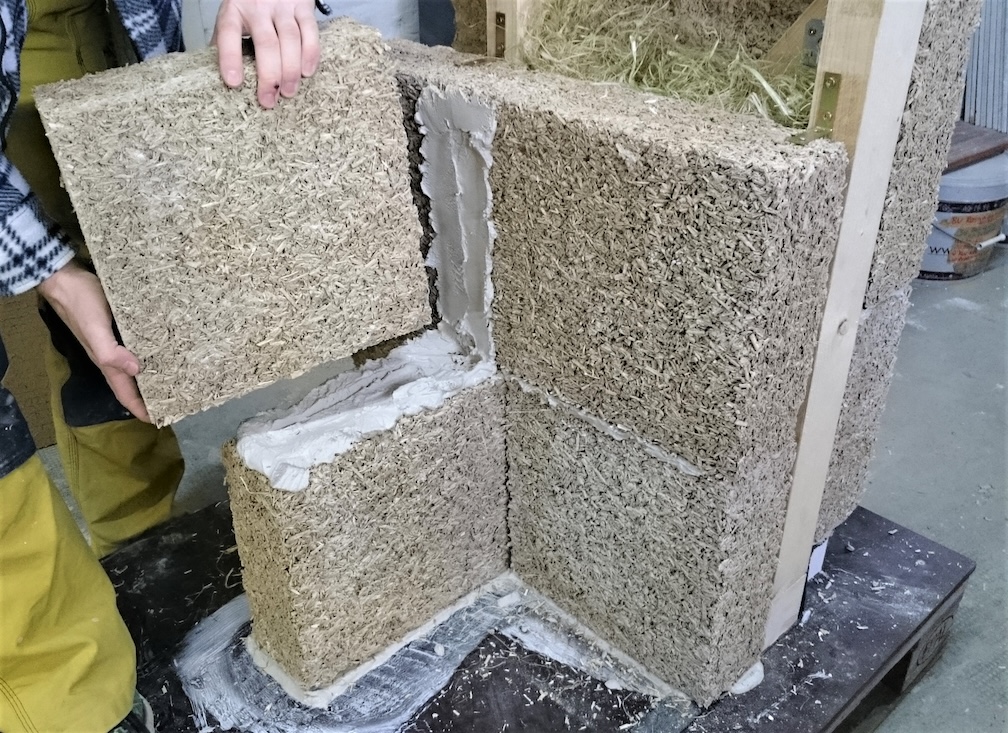
Hemp had been used for centuries to make rope, canvas and paper. Early in the 20th century, hemp production began to decline in the U.S. as other fibers such as flax, cotton and wood pulp gained in popularity. Industrial hemp production in the U.S. stopped after the World War ll and the last industrial hemp fields in the U.S. were planted in Wisconsin in 1958. Hemp also had a negative association with drug use. With the passage of the Controlled Substances Act in 1970, the plant was considered a Schedule 1 drug, along with drugs such as heroin and LSD.
However, in the late 1990s, there was renewed interest in industrial hemp production. Hemp production in the United States became legal with the passage of the 2014 Farm Bill which gave states limited rights to develop hemp plans. Regulations were further clarified in the Hemp Farming Act as part of the 2018 Farm Bill. A hemp license is required to cultivate hemp in Montana. Producers must keep all records related to the planting, growing, harvesting, storage, destruction, distribution, sale and/or processing of hemp, and make those records available for inspection for a minimum of three years.
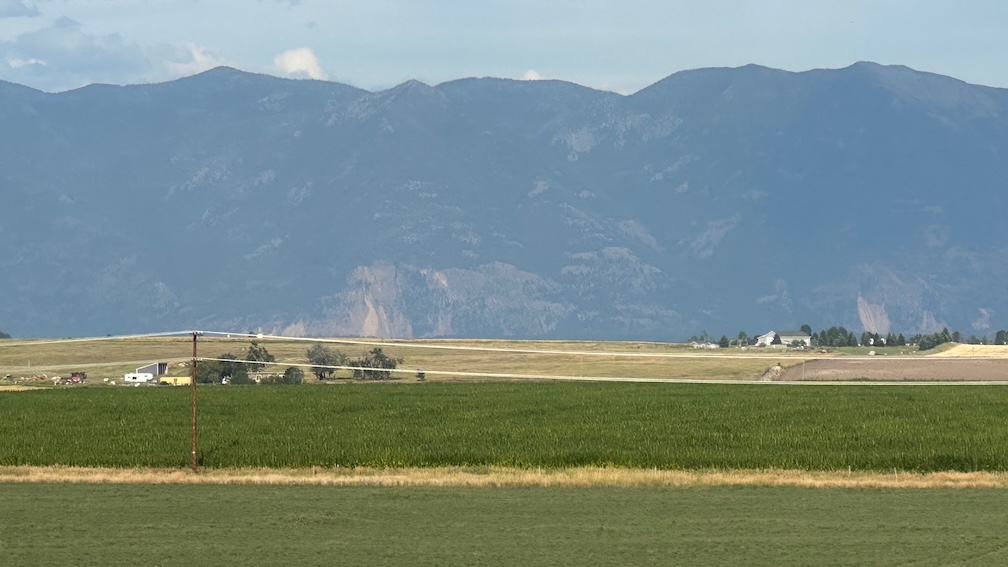
A hemp processing company, IND HEMP, operates two processing facilities in Fort Benton Montana. One facility is dedicated to hemp seed, the other is focused on hemp bast fiber. The IND HEMP Fiber decortication facility has the capacity to process upwards of five tons of hemp per hour, transforming the long, fibrous stalks of the plant into a base product suitable for textile, insulation and composite plastics production. The IND HEMP Oilseed food facility processes raw hemp grain into numerous healthy ingredients including food-grade hemp oil and hemp hearts.
In October 2019, a company, Isotex Health, purchased a 100,000-square-foot building in Libby to process hemp into CBD with expectations to hire 150 people. Unfortunately the people who purchased the building in Libby were indicted in June 2024 for running a Ponzi scheme and for defrauding the farmers and government of Montana nearly $6 million. Each of the four defendants were charged with operating a pyramid promotional scheme, securities fraud, operating as a commodities dealer without a license, forgery, false claims to a public agency, theft and conspiracy to commit these crimes. The building in Libby is still empty.
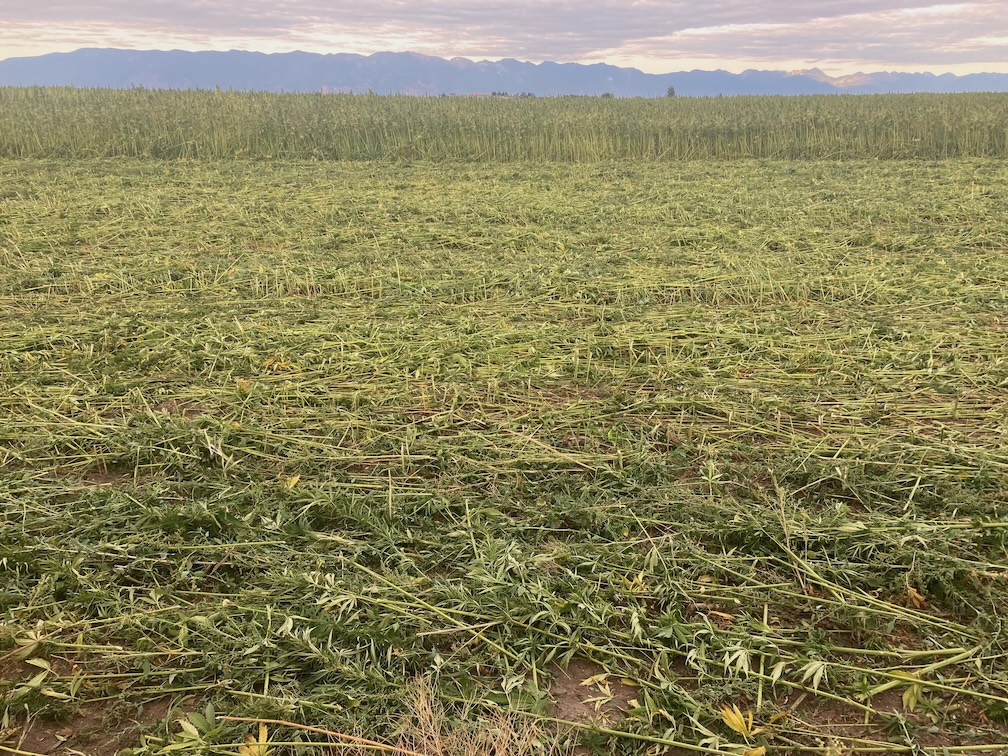
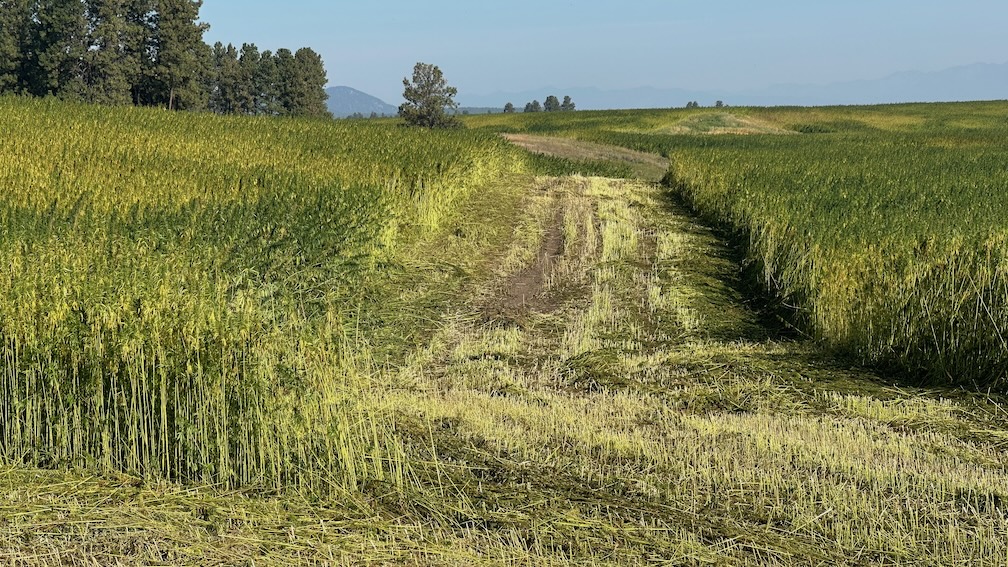
Different varieties of hemp are very well suited to Montana’s growing season and conditions. The uses for hemp have expanded over that last several years with uses like food, CBD oil, and fiber from the stalk. The potential applications of hemp are vast.
Do you have any information about hemp in the valley that you could share? Let us know in the Comments.
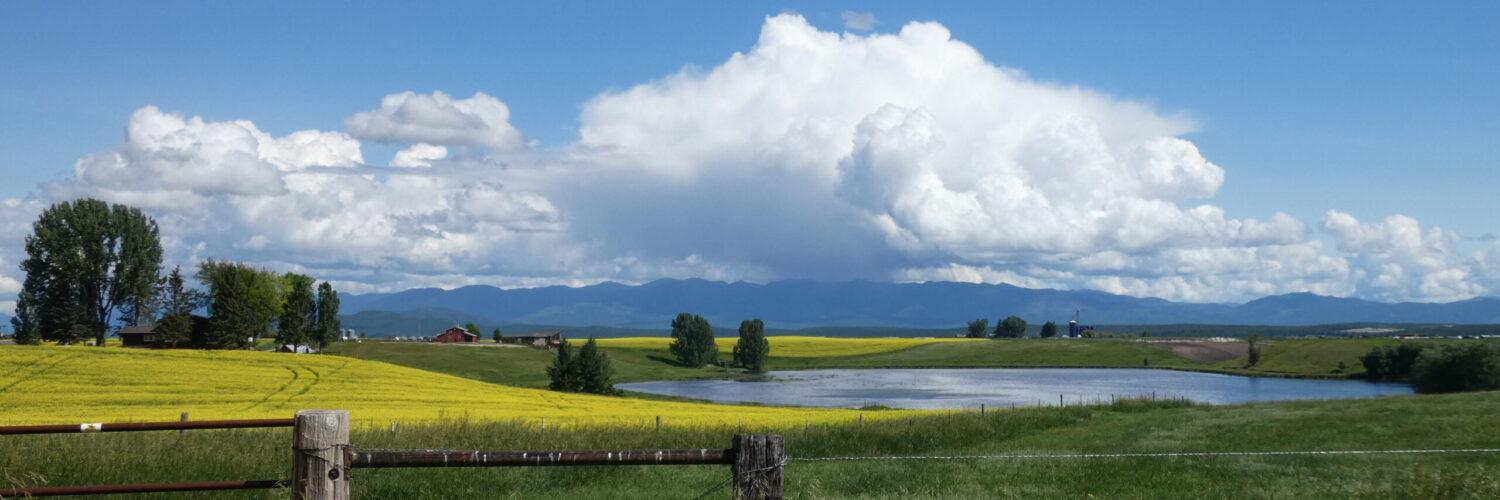
Thank you for this informative article! I’ve been curious about the “new” dark green crop all summer. I hope that someone who is involved in the production of this crop will help us understand even more about it!